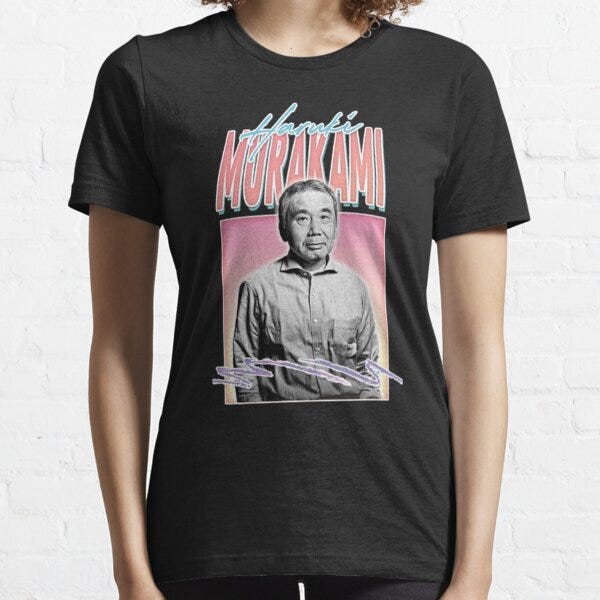Murakami didn’t, but a Norwegian would
What we talk about when we talk about Haruki Murakami’s elusive Nobel Prize
The novelist Haruki Murakami has been in the running for a Nobel Prize in literature for well over a decade. Whether deserved or not is a wholly subjective topic, but he was again passed over this year. On Thursday, the committee chose in favor of Jon Fosse, a Norwegian whose “innovative plays and prose… give voice to the u…
Keep reading with a 7-day free trial
Subscribe to Matt Alt's Pure Invention to keep reading this post and get 7 days of free access to the full post archives.



